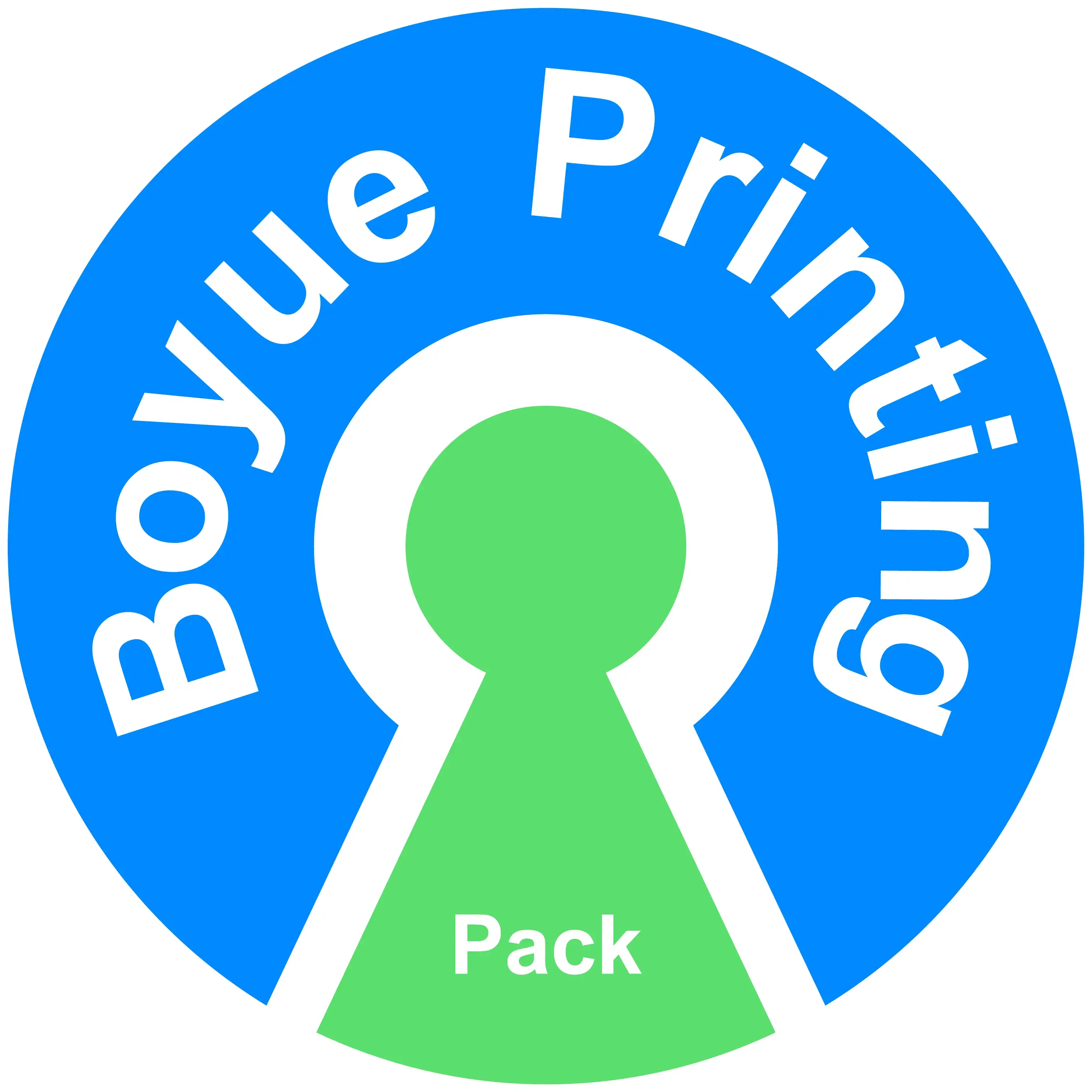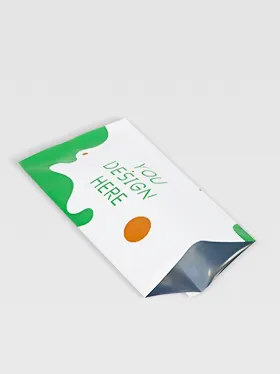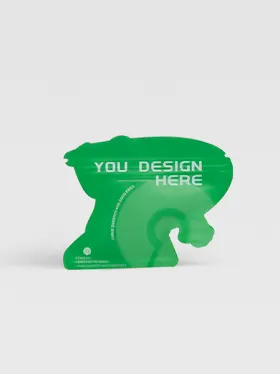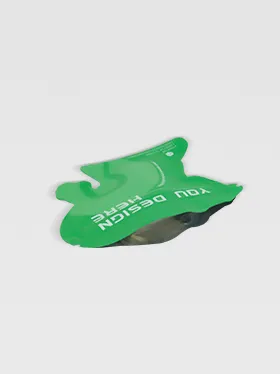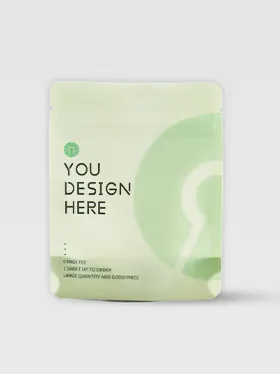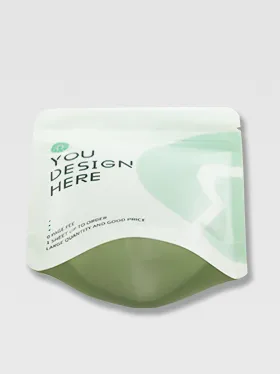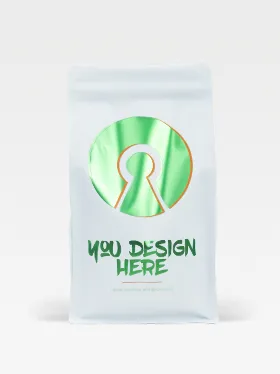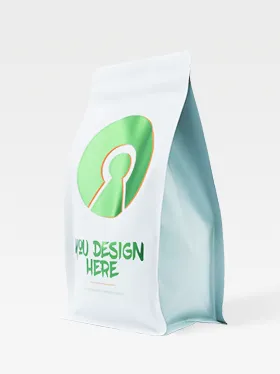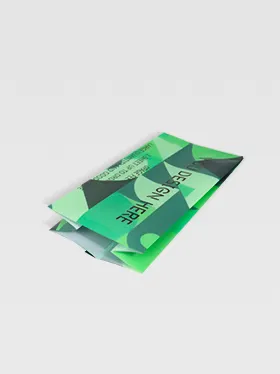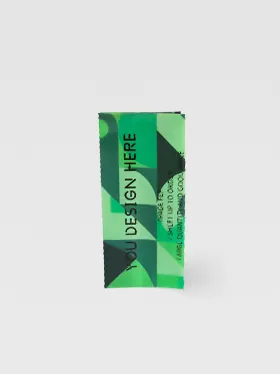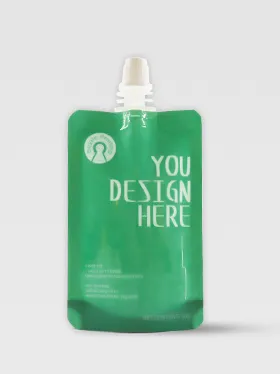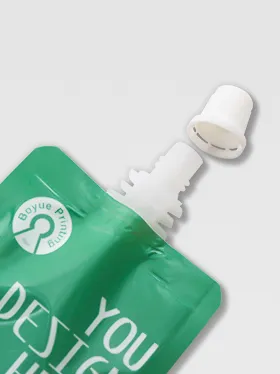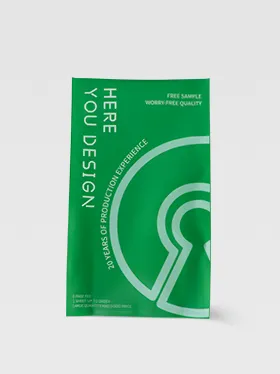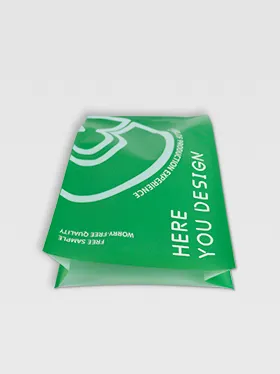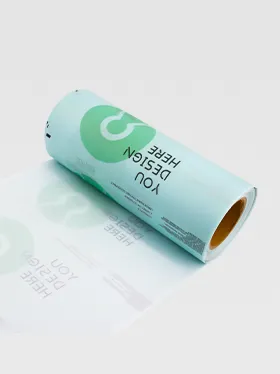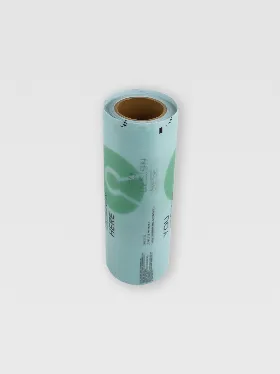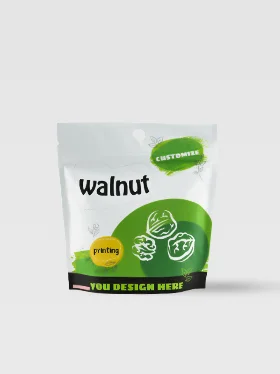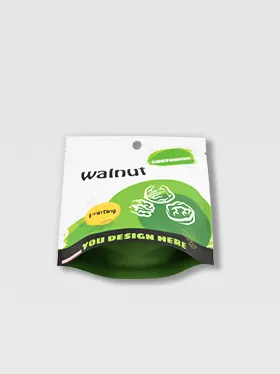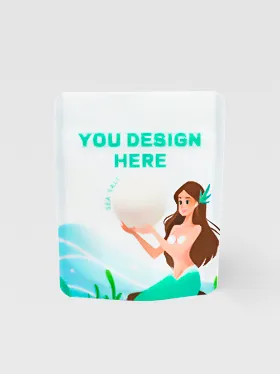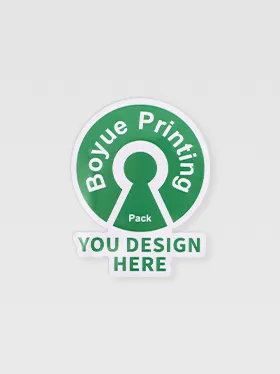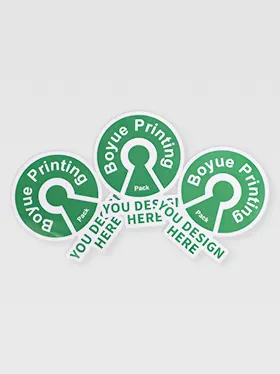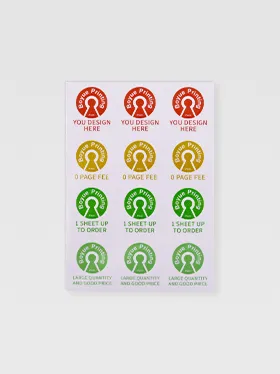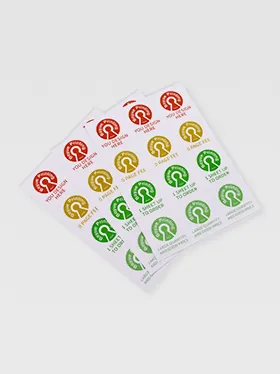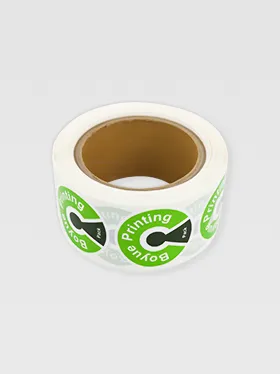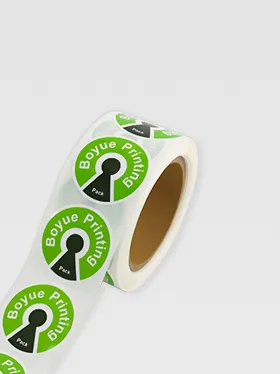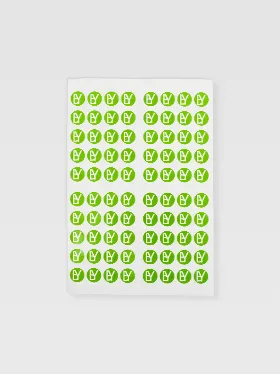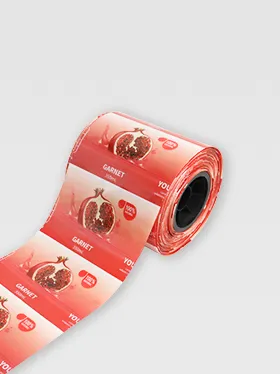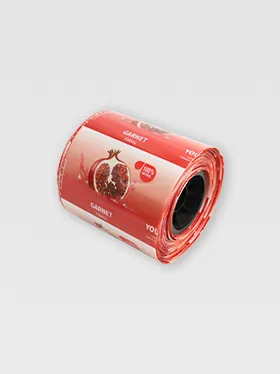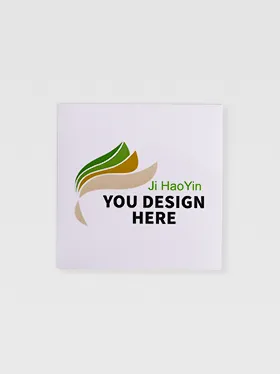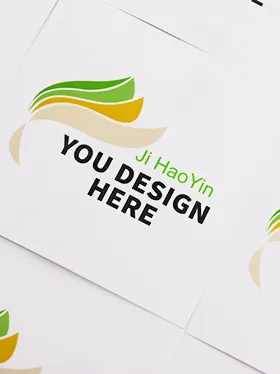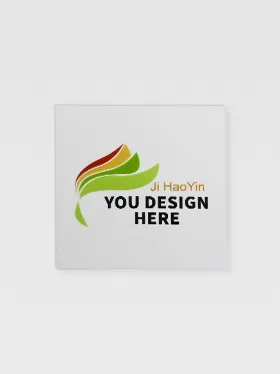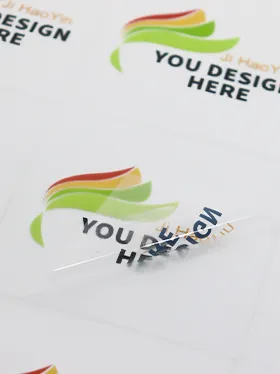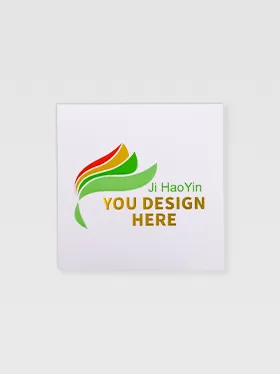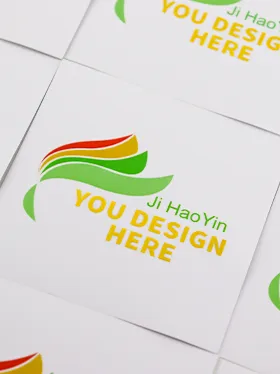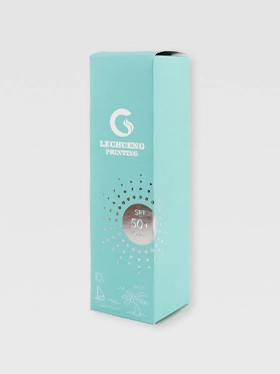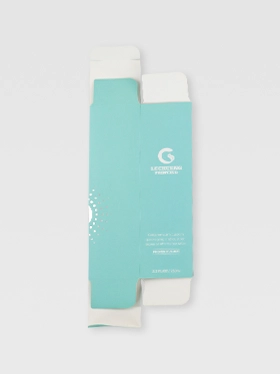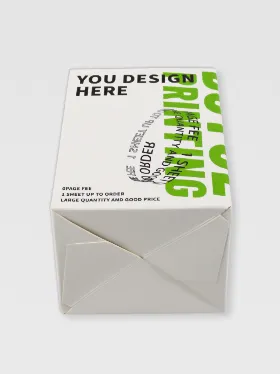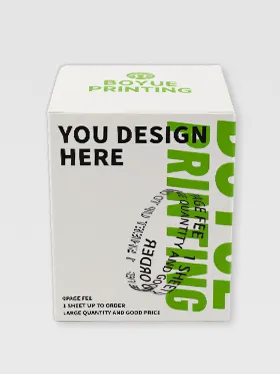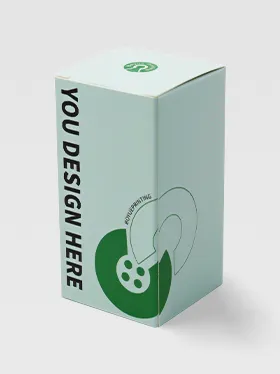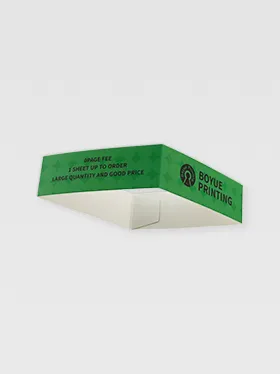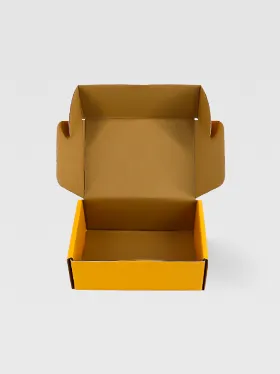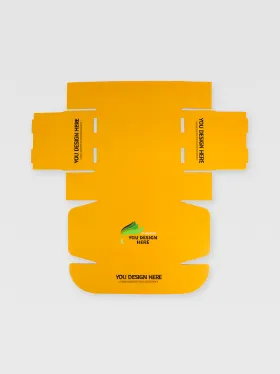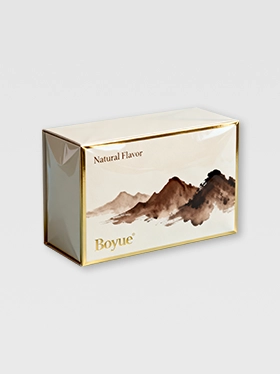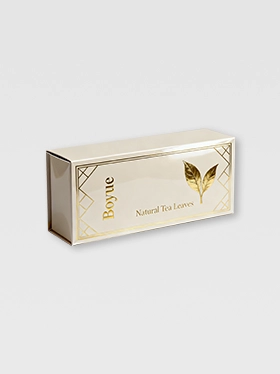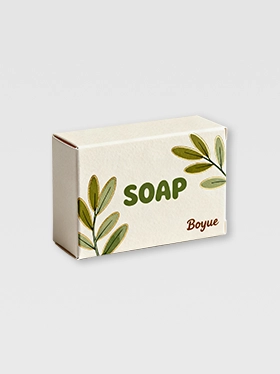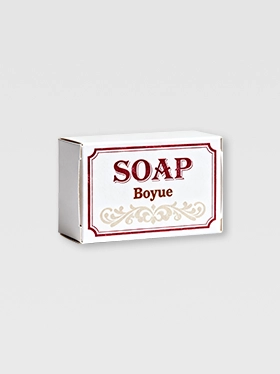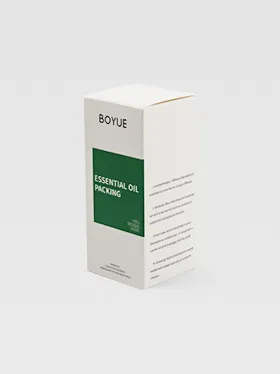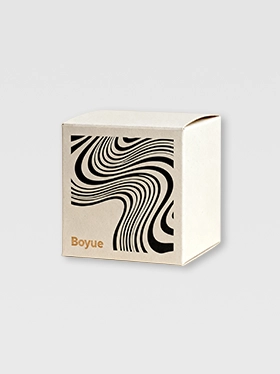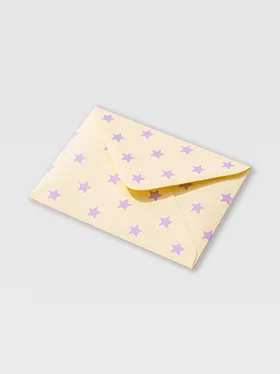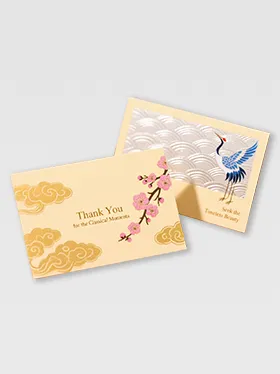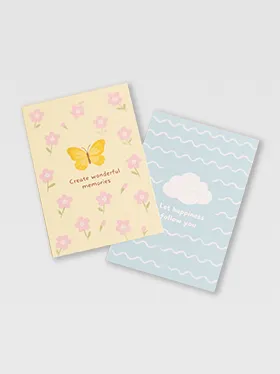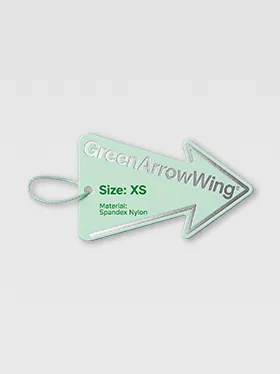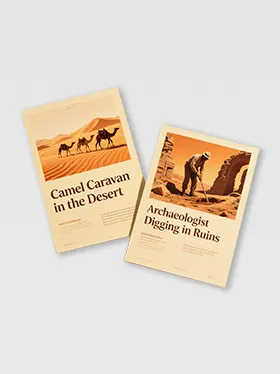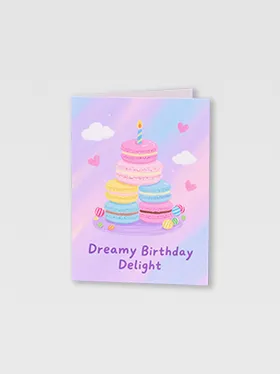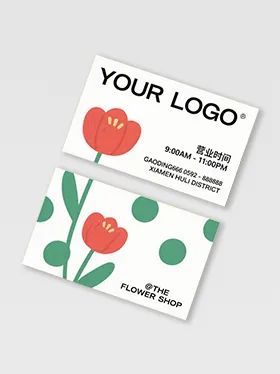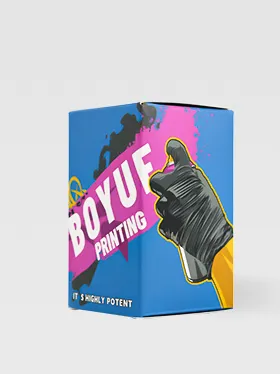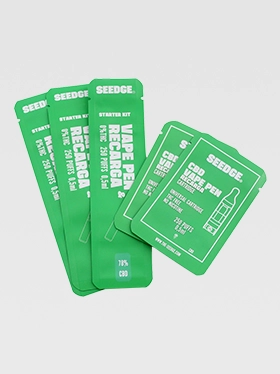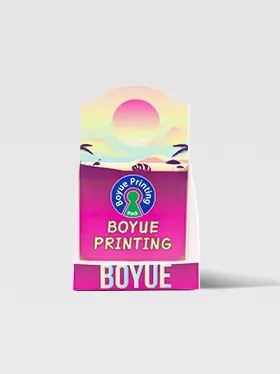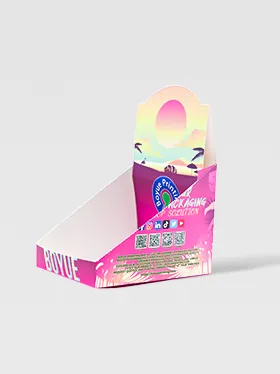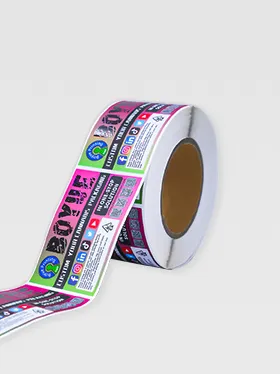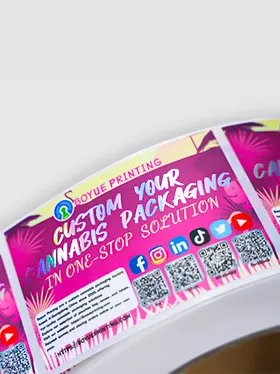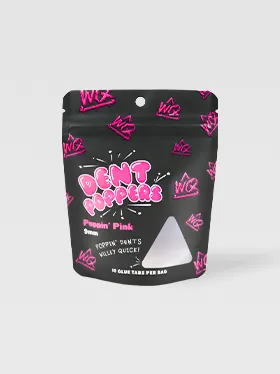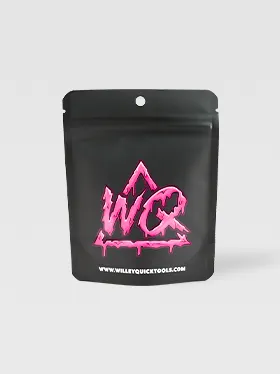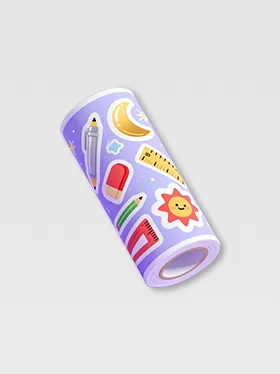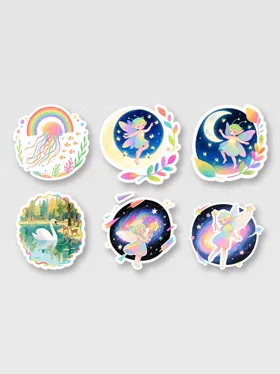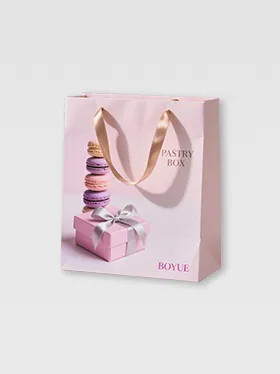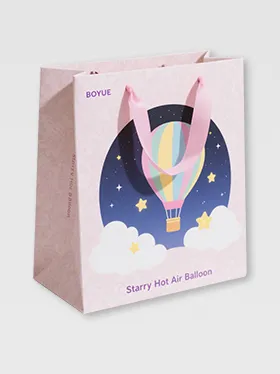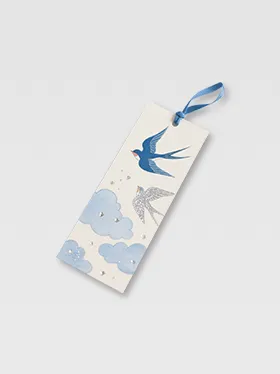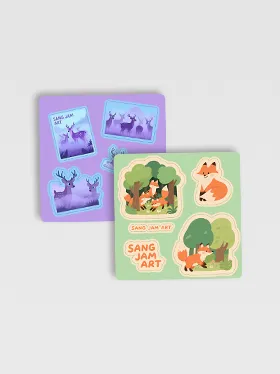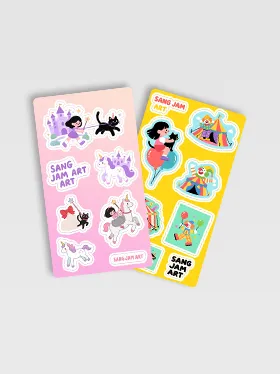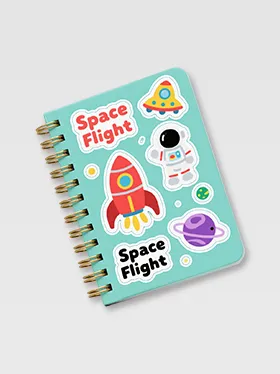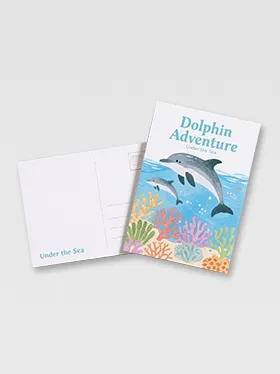
Custom Pouches

Stickers & Labels

Custom Boxes

Custom Cards

Cannabis Packaging

Stationery Series
Didn't find the right type?
Online Contact!

0086:18926054779
By Type
By Material
By Use
By Feature
Search
Cart
- Summary
- Orders
- My samples
- Discount
- Artworks
- Favorites
- Payment
- After-sales
- Notifications
- Setting
- Log out
Design & Guides
2024/08/30
Selecting Flat Pouches: A Comprehensive Guide
Tag:
#flat pouches
Share:
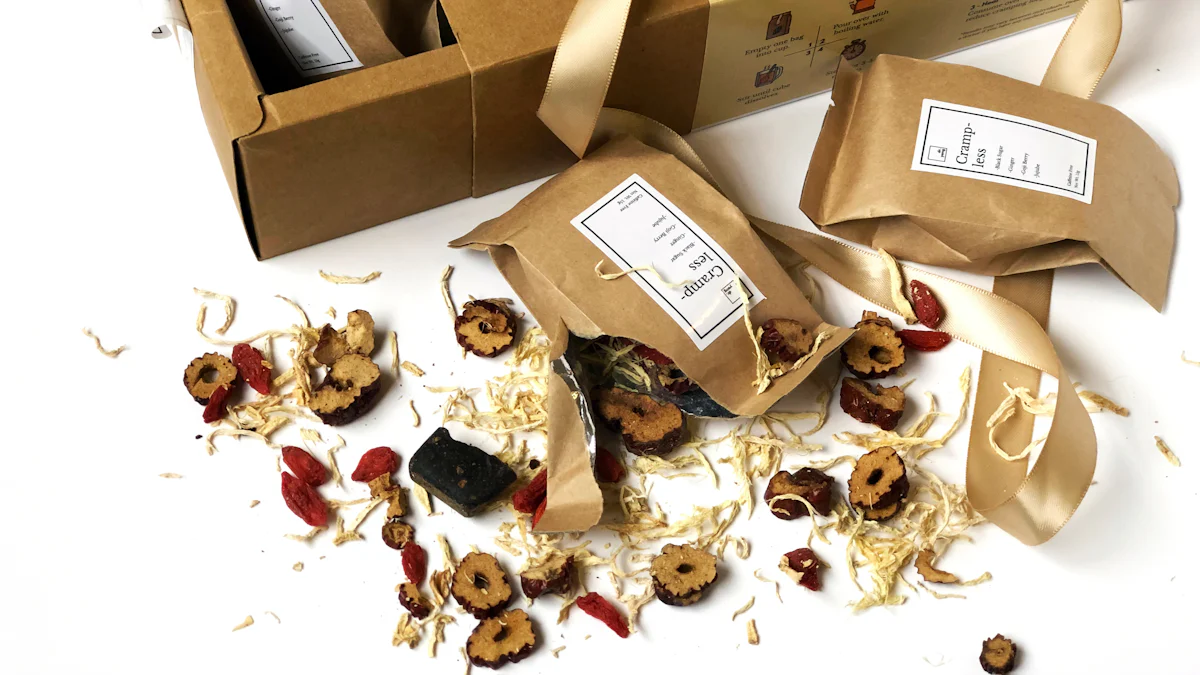
Selecting the right flat pouches plays a crucial role in packaging solutions. The global market for these pouches is experiencing significant growth, driven by technological advancements and increasing demand. The food segment dominates this market due to the ability of flat pouches to extend product shelf life. These pouches offer cost-effective and flexible packaging options, making them a preferred choice across various industries. The convenience and versatility of flat pouches contribute to their rising popularity in the packaging industry.
Understanding Flat Pouches
Definition and Purpose
What are flat pouches?
Flat pouches are a type of flexible packaging that is widely used for storing and displaying products. They are called "flat" because they do not have a gusset or a bottom that expands, making them lie flat when empty. These pouches are usually sealed on three sides, with one side left open for filling, which is then sealed after the product is added.
Common uses in various industries
Flat pouches are popular in industries like food, cosmetics, pharmaceuticals, and more, due to their lightweight, space-saving design, and ability to protect contents from moisture, air, and light. They are often used for packaging products like snacks, powders, small hardware items, and samples.
Types of Flat Pouches
Flat pouches come in various types, each designed for specific packaging needs. Here are some common types:
1. Three-Side Seal Pouch
-
Description: Sealed on three sides with one side left open for filling. Once filled, the open side is sealed.
-
Common Uses: Single-serve snacks, condiments, and small hardware items.
2. Four-Side Seal Pouch
-
Description: Sealed on all four sides, with the product inserted before the final seal. Often more durable and secure.
-
Common Uses: Pharmaceuticals, medical supplies, and small food items.
3. Pillow Pouch
-
Description: Shaped like a pillow, with seals on the top, bottom, and a vertical back seal. Typically has a more flexible shape.
-
Common Uses: Chips, snacks, and confectionery products.
4. Vacuum Pouch
-
Description: Designed to remove air before sealing, preserving freshness and extending shelf life.
-
Common Uses: Meat, cheese, and other perishable food items.
Material Considerations
Types of Materials
Plastic
Plastic materials dominate the pouch manufacturing industry. Common types include PET, PE, and PP. These materials offer durability and impact resistance. Manufacturers favor plastic for its cost-effectiveness. Plastic pouches maintain product freshness by resisting moisture, dust, oxygen, and UV light. Many manufacturers now incorporate post-consumer recycled content to support sustainability.
Paper
Paper serves as an eco-friendly alternative in pouch packaging. This material offers recyclability and biodegradability. Paper pouches often feature a protective coating to enhance barrier properties. Companies use paper for products that require minimal protection from external elements. The natural appearance of paper appeals to environmentally conscious consumers.
Foil
Foil provides superior barrier properties in pouch packaging. This material effectively blocks light, oxygen, and moisture. Foil pouches extend the shelf life of sensitive products. Industries like pharmaceuticals and food rely on foil for its protective qualities. The metallic finish of foil adds a premium look to packaging.
Material Properties
Durability
Durability remains a critical factor in material selection. Plastic materials like PET, PE, and PP offer high durability. These materials withstand handling and transportation stresses. Foil also provides excellent durability due to its robust structure. Paper, while less durable, can be reinforced with coatings.
Barrier Properties
Barrier properties determine a material's ability to protect contents. Foil offers the highest barrier against light, oxygen, and moisture. Plastic materials provide good barrier properties with resistance to moisture and dust. Paper offers limited barrier protection but can be enhanced with coatings.
Environmental Impact
Environmental impact influences material choice in modern packaging. Biodegradable materials like PLA and compostable films reduce environmental footprint. Manufacturers increasingly use mono-materials to support recycling efforts. Paper offers a sustainable option due to its recyclability. Plastic materials, though durable, pose challenges in waste management.
Features and Customization

Closure Options
Flat pouches offer several closure options to enhance product usability and freshness. Zipper closures provide a resealable feature that maintains the quality of the contents. This option proves ideal for products requiring repeated access, such as snacks or pet treats. The zipper ensures that the pouch remains airtight, preserving the product's integrity over time.
Tear notches represent another practical feature in flat pouch packaging. These notches allow consumers to open the pouch easily without additional tools. Tear notches improve user experience by providing quick access to the contents. This feature suits single-use products like powdered mixes or coffee samples, where convenience is paramount.
Printing and Branding
Printing plays a crucial role in the customization of flat pouches. Businesses can choose from various printing techniques, including flexo and hot stamp printing. These methods allow for vibrant and detailed designs that capture consumer attention. Custom printing transforms flat pouches into powerful marketing tools by showcasing brand identity.
The importance of branding cannot be overstated in today's competitive market. Flat pouches offer ample space for branding elements, such as logos, taglines, and graphics. Effective branding on packaging enhances product recognition and builds customer loyalty. A well-designed pouch with strong branding can significantly impact purchasing decisions.
Candy Packaging Design Boosts product appeal through innovative use of colors and graphics. Eye-catching designs attract consumers and differentiate products on crowded shelves. Flat pouches provide an excellent canvas for creative designs that align with brand messaging. A strategic approach to candy packaging design boosts brand visibility and consumer engagement.
Practical Considerations
Cost Factors
Budget Constraints
Businesses often face budget constraints when selecting flat pouches. Careful financial planning ensures that packaging costs align with overall budgetary limits. Companies must evaluate the cost-effectiveness of different pouch options. Understanding the financial implications of each choice helps in making informed decisions. Businesses should prioritize packaging solutions that offer value without compromising quality.
Cost vs. Quality
Balancing cost and quality remains a critical consideration in pouch selection. High-quality materials often come at a premium price. However, investing in superior quality can enhance product protection and shelf appeal. Companies must assess the long-term benefits of quality packaging against initial costs. A strategic approach to cost versus quality can lead to more sustainable packaging solutions.
Supplier Selection
Evaluating Suppliers
Selecting the right supplier is crucial for successful packaging outcomes. Companies should conduct thorough evaluations of potential suppliers. Factors such as production capacity, material quality, and delivery timelines require careful assessment. Supplier evaluations help identify partners who can meet specific business needs. A detailed evaluation process ensures that companies choose reliable and competent suppliers.
Importance of Supplier Reliability
Supplier reliability plays a vital role in maintaining consistent packaging standards. Reliable suppliers ensure timely delivery and adherence to quality specifications. Consistent supply chains minimize disruptions in production and distribution. Businesses benefit from strong partnerships with dependable suppliers. Supplier reliability contributes to overall operational efficiency and customer satisfaction.
Choosing the Right Flat Pouch
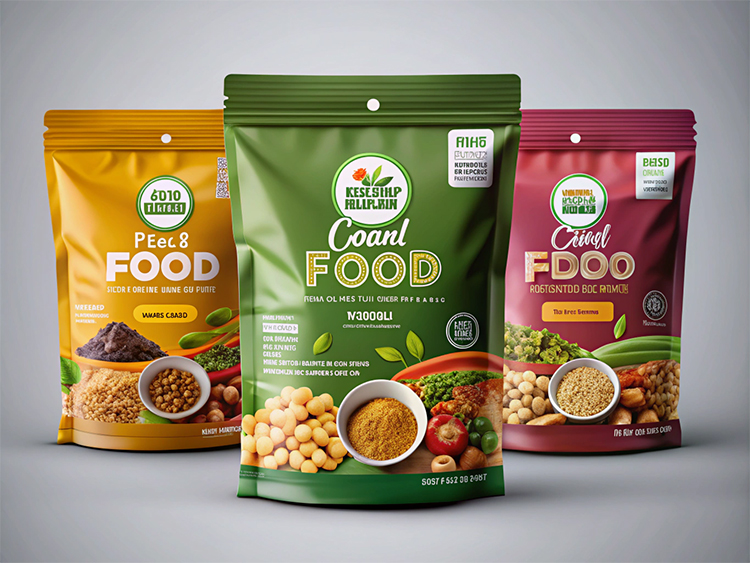
Custom Pouch Packaging Perfectly
Right-sizing your packaging pouches
Right-sizing packaging pouches ensures optimal product protection and cost efficiency. Businesses must accurately measure products to determine the appropriate pouch size. Accurate measurements prevent excess material use and reduce waste. Right-sized pouches enhance product presentation and minimize storage space requirements. The right size also contributes to a professional appearance, boosting brand credibility.
Using a pouch size calculator
A pouch size calculator simplifies the process of determining the correct dimensions. This tool helps businesses accurately measure products for precise pouch sizing. The calculator considers product volume, weight, and dimensions. Accurate calculations ensure that pouches fit products snugly, preventing damage during transportation. Businesses benefit from reduced material costs and improved packaging efficiency.
Custom Packaging Pouches
Custom shaped pouch options
Custom shaped pouches offer unique solutions for diverse product needs. These pouches accommodate products with irregular shapes or specific design requirements. Custom shaped pouches enhance product visibility and differentiation on retail shelves. Businesses can choose custom shapes to align with brand identity and market positioning. The flexibility of custom shapes allows for creative packaging solutions.
Flexible pouches for different needs
Flexible pouches provide versatile options for various industries. These pouches adapt to different product types, including food, cosmetics, and pharmaceuticals. Flexible pouches offer excellent barrier properties, protecting contents from moisture and contaminants. Businesses can choose flexible materials to meet specific product requirements. The adaptability of flexible pouches supports diverse packaging needs.
Custom Pouch Packaging Partner
Finding a reliable partner
A reliable custom pouch packaging partner plays a crucial role in successful packaging solutions. Businesses should evaluate potential partners based on experience, quality standards, and production capabilities. A trustworthy partner ensures consistent quality and timely delivery. Companies benefit from strong partnerships that support long-term growth and innovation. Reliable partners contribute to efficient supply chain management.
Benefits of a custom pouch packaging partner
A custom pouch packaging partner offers numerous advantages. These partners provide expertise in design, material selection, and production processes. Businesses gain access to innovative packaging solutions tailored to their needs. A dedicated partner ensures seamless integration of custom pouches into existing operations. The collaboration enhances product quality and market competitiveness.
Selecting flat pouches requires careful consideration of various factors. Key points include understanding pouch types, material properties, and customization options. Making informed decisions ensures optimal packaging solutions. Businesses must evaluate product needs and market trends to choose the best packaging match. High barrier qualities in pouches prove essential for food packaging. Empowering individuals with data-driven insights aids in selecting appropriate packaging. Consideration of all aspects leads to successful outcomes in packaging strategies.
See Also
Guide to Purchasing Custom Flat Pouches in 2024
Benefits of Opting for Stand Up Pouches in Food Packaging
The Impact of Sachet Packaging Across Various Industries
Share:
Recommended article
Related products
Categories
Not sure what to choose?
Skip the calculator. Our packaging team is here to guide you.
Talk to an Expert
Not sure what to choose?
Skip the calculator. Our packaging team is here to guide you.
Talk to an Expert
Not sure what to choose?
Skip the calculator. Our packaging team is here to guide you.
Talk to an Expert
Not sure what to choose?
Skip the calculator. Our packaging team is here to guide you.
Talk to an Expert
Not sure what to choose?
Skip the calculator. Our packaging team is here to guide you.
Talk to an Expert
Not sure what to choose?
Skip the calculator. Our packaging team is here to guide you.
Talk to an Expert

Ready to upgrade your packaging?
